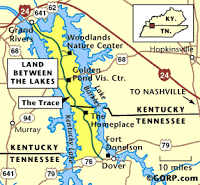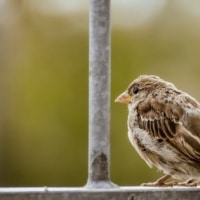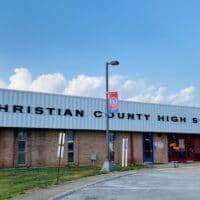Kentucky wildlife officials are proceeding with plans to shoot feral hogs from helicopters in the federal Land Between the Lakes National Recreation Area.

“The winter campaign to eradicate feral hogs at LBL begins in November and also includes bait trapping and euthanasia, managed by the Animal and Plant Health Inspection Service, the Kentucky Department of Fish and Wildlife and the U.S. Forest Service,” Chris Smith and Emma Austin report for the Louisville Courier Journal.
Officials began trapping feral hogs in 2014, but they couldn’t keep up with the hogs’ rapid reproduction rate; they can have two litters a year with five to 10 piglets, which will themselves be ready to breed in less than a year. The inspection service began euthanizing hogs two years ago: in 2018, 70 hogs were put down, and in 2019 the number grew to 124, Smith and Austin report.
It’s important to keep feral hogs’ numbers down, since they destroy crops, out-competes or kills native wildlife, foul waterways, desecrate cemeteries, and carry diseases that can infect humans, pets and livestock. Feral hogs were first reported in Kentucky in the 1990s, after hunters deliberately, and illegally, released them into the wild to hunt them for sport; now the hogs can be found all over the state, Smith and Austin report.
Because feral hogs can’t be controlled by natural predators, wildlife officials must do it, said Brad Robbins, a USDA Wildlife Services district supervisor. And though trapping and euthanizing are common practices, hunting by helicopter can be more effective for large groups of hogs. But helicopter operations are finicky, he said. The equipment and manpower must be available, the weather must be good, and the trees must be free of leaves so the hunters can see the hogs, Smith and Austin report. Helicopter hunting has been employed in other parts of the state, but Robbins said this is the first time the strategy will be used at Land Between the Lakes.
“All the stars have to line up,” Robbins told the writers. “However, when the stars line up, there’s not a tool in the box that can compete with this. If you’ve got large pieces of contiguous real estate, and if you’ve got a population of pigs on that real estate, there’s nothing that can compete with this.”
(The Rural Blog is published by the Institute for Rural Journalism and Community Issues, based at the University of Kentucky.)






